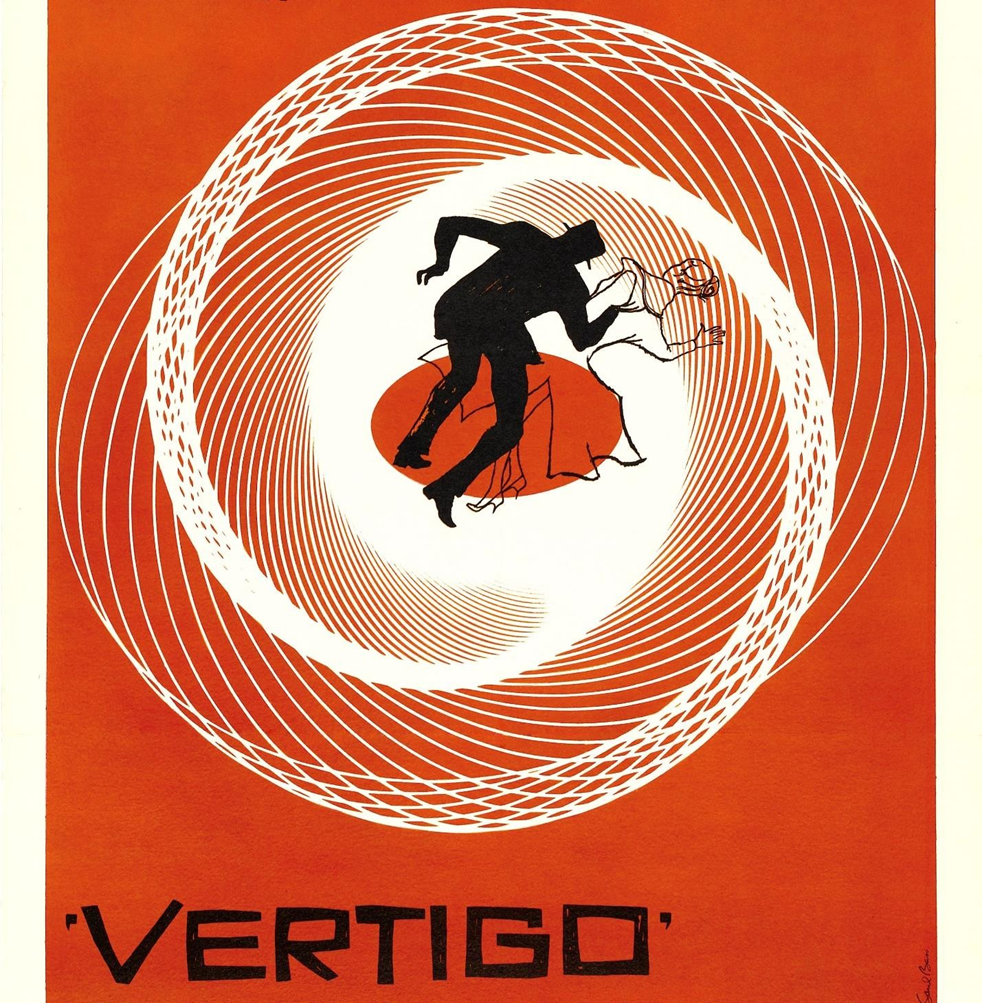The nurse is taking a health history from a client. The client tells the nurse that. "It feels like the room is spinning." How should the nurse document this finding?
Vertigo
Seizure activity
Dizziness
Syncope
The Correct Answer is A
A. Vertigo is the sensation of spinning or movement when stationary and is often associated with inner ear problems.
B. Seizure activity involves abnormal electrical activity in the brain and might present with various symptoms but not necessarily the feeling of spinning.
C. Dizziness is a more general term that can include feelings of light-headedness or unsteadiness without a specific spinning sensation.
D. Syncope refers to fainting or loss of consciousness due to decreased blood flow to the brain, not the sensation of spinning.

Nursing Test Bank
Naxlex Comprehensive Predictor Exams
Related Questions
Correct Answer is A
Explanation
A. Dysmenorrhea refers to painful menstruation, commonly associated with cramping in the lower abdomen.
B. Dysuria is painful or difficult urination, unrelated to menstrual pain.
C. Hematuria is the presence of blood in the urine, not associated with menstrual pain.
D. Dyschezia refers to painful bowel movements, not related to menstrual pain.
Correct Answer is C
Explanation
A. Dull throbbing pain increasing with rest might suggest a strain or sprain but not necessarily a fracture.
B. A dull ache could indicate various issues but may not specifically point to a fracture.
C. Sharp pain that worsens with movement is a common indicator of a fracture due to the bones moving against each other.
D. Deep pain in the wrist could signify deep tissue injury but doesn't distinctly indicate a fracture without other signs.
Whether you are a student looking to ace your exams or a practicing nurse seeking to enhance your expertise , our nursing education contents will empower you with the confidence and competence to make a difference in the lives of patients and become a respected leader in the healthcare field.
Visit Naxlex, invest in your future and unlock endless possibilities with our unparalleled nursing education contents today
Report Wrong Answer on the Current Question
Do you disagree with the answer? If yes, what is your expected answer? Explain.
Kindly be descriptive with the issue you are facing.
